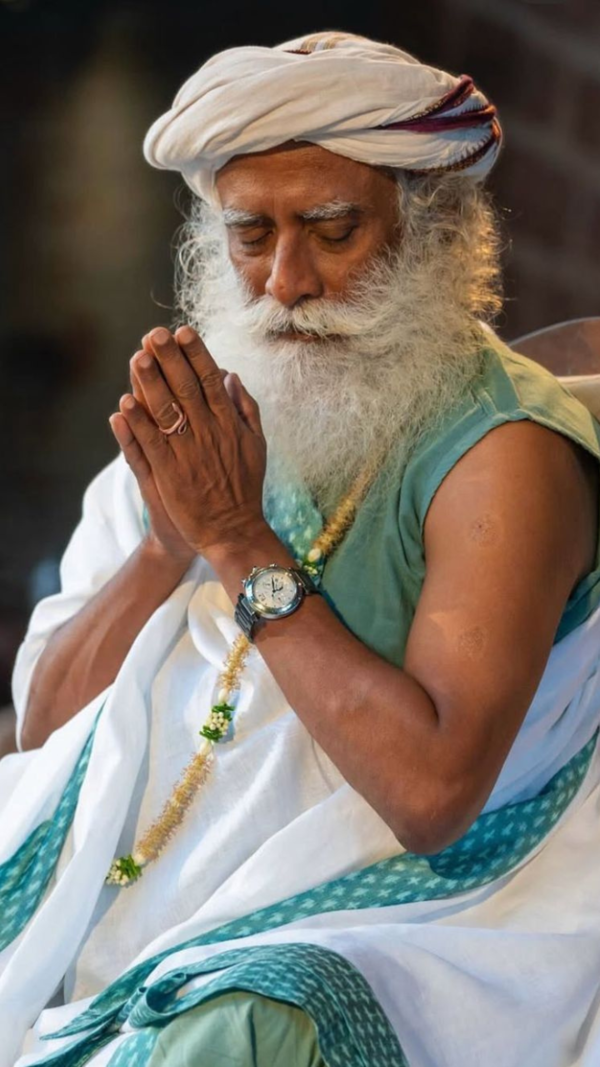- News
- entertainment
- anime
- Kishimoto explains why writing Naruto was most difficult after the pain arc
Trending
Kishimoto explains why writing Naruto was most difficult after the pain arc
Following the emotional peak of the Pain arc, Masashi Kishimoto faced the challenge of sustaining Naruto's narrative momentum. Introducing new antagonists like Obito, Madara, and Kaguya created pacing issues while managing Sasuke's complex character arc proved creatively demanding. Despite these struggles, Kishimoto learned valuable lessons in pacing and character development, ultimately solidifying Naruto's legacy as a beloved franchise.
Masashi Kishimoto, the driving force behind Naruto, blessed anime fans with one of the most consequential arcs in anime history with the Pain arc. As he would find out — just as sustaining the plot past this earth-shaking act to a new, satisfying dramatic arc — the greatest, most shaping test of his 11-year tenure.Join us as we explore why the post-Pain arc era of Naruto was such a watershed moment—not only for the story at hand, but for Kishimoto himself.
The pain arc as Naruto’s creative summit and Emotional Zenith

Credits: Crunchyroll
Post-pain struggles: Balancing power, story, and Sasuke
After Pain arc, Kishimoto had to find a new big bad to bring the heat and raise the stakes. So go figure, Obito, Madara and Kaguya. Right there, a weird pacing problem, because we needed to keep Naruto’s emotional down-to-earth-ness but have things move forward. Sasuke was still wandering,” he recalled. Crafting Sasuke’s fractured, ambiguous psyche, his equivocal moral compass, and the intensifying stakes and increasingly personal nature of a war against the world proved to be a heavy burden both creatively and emotionally for Kishimoto. In the course of writing, he discovered that the transition between this character-focused narrative to the grand scope of war with its long-lasting implications was tonally jarring and difficult to manage.
Naruto’s final arcs: What Kishimoto learned from the challenge

Credits: Crunchyroll
Check out our list of the latest Hindi, English, Tamil, Telugu, Malayalam, and Kannada movies. Don’t miss our picks for the best Hindi movies, best Tamil movies, and best Telugu films.
End of Article
Follow Us On Social Media
Visual Stories
Tired of too many ads?go ad free now










